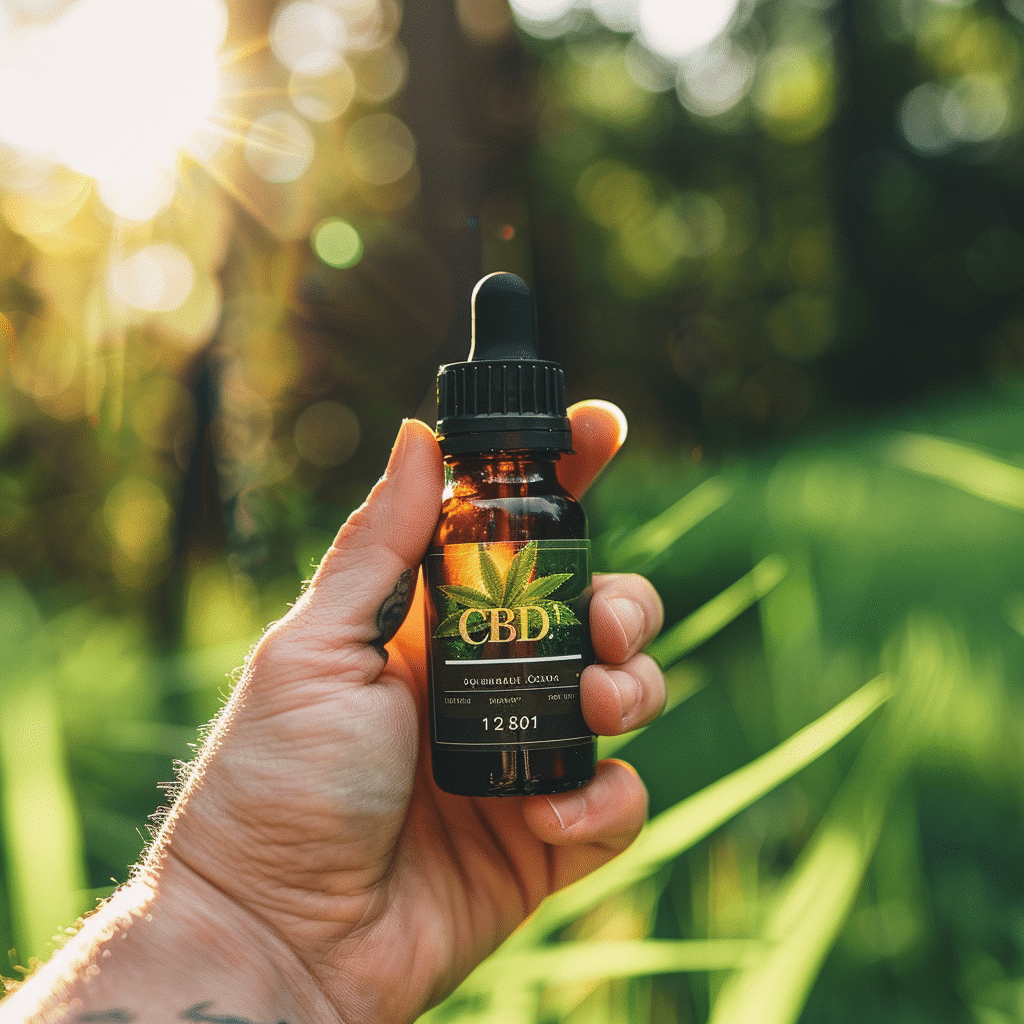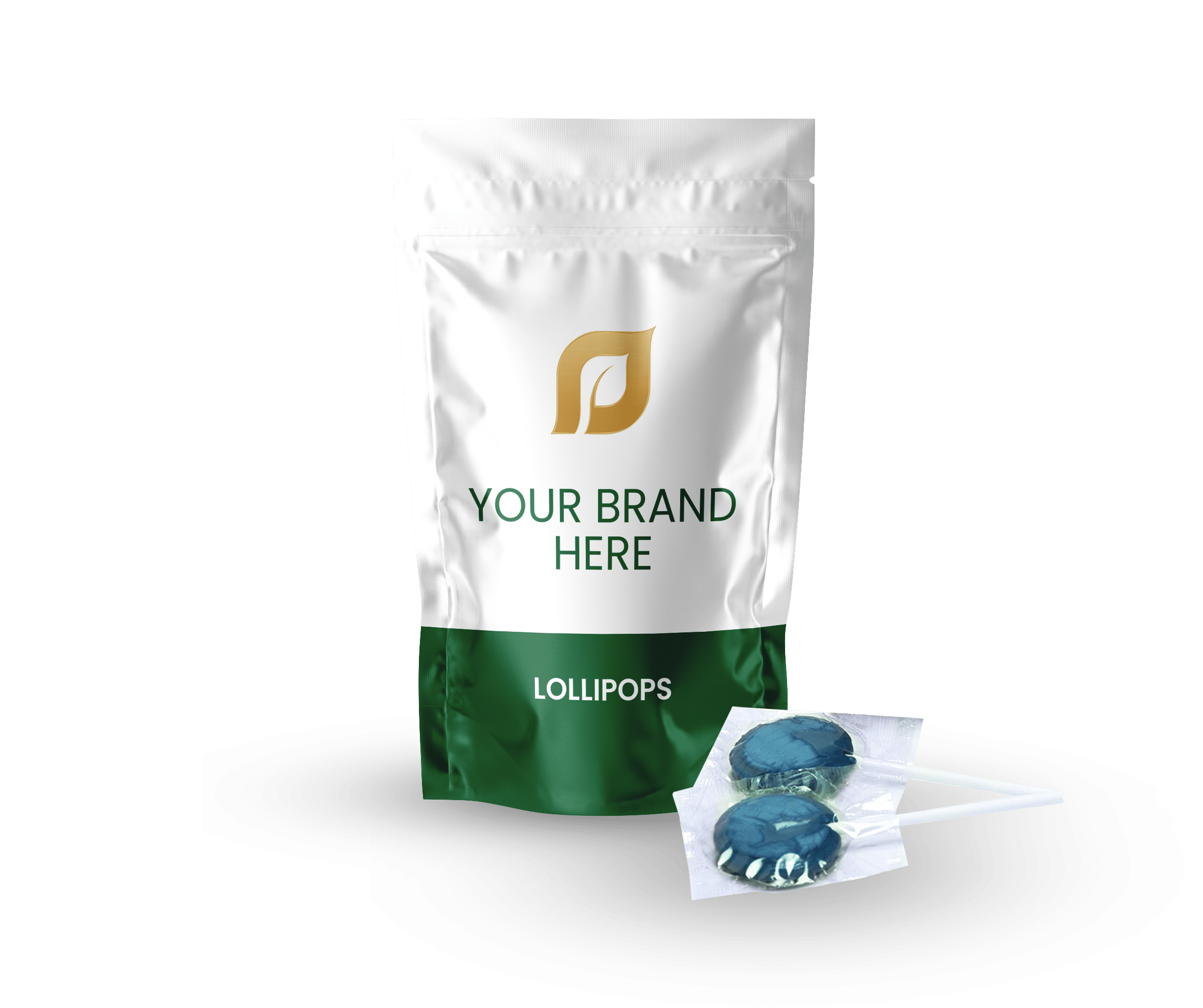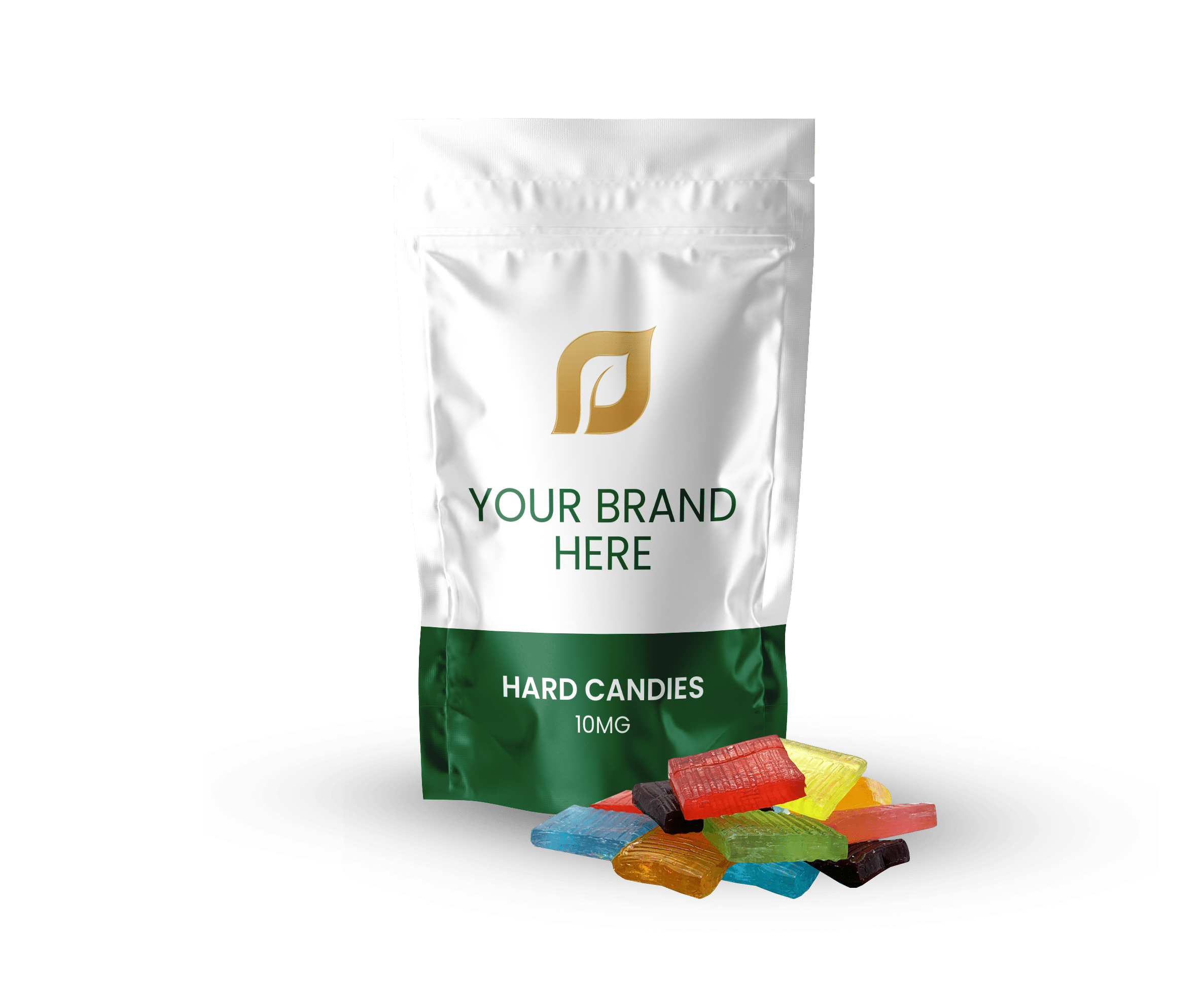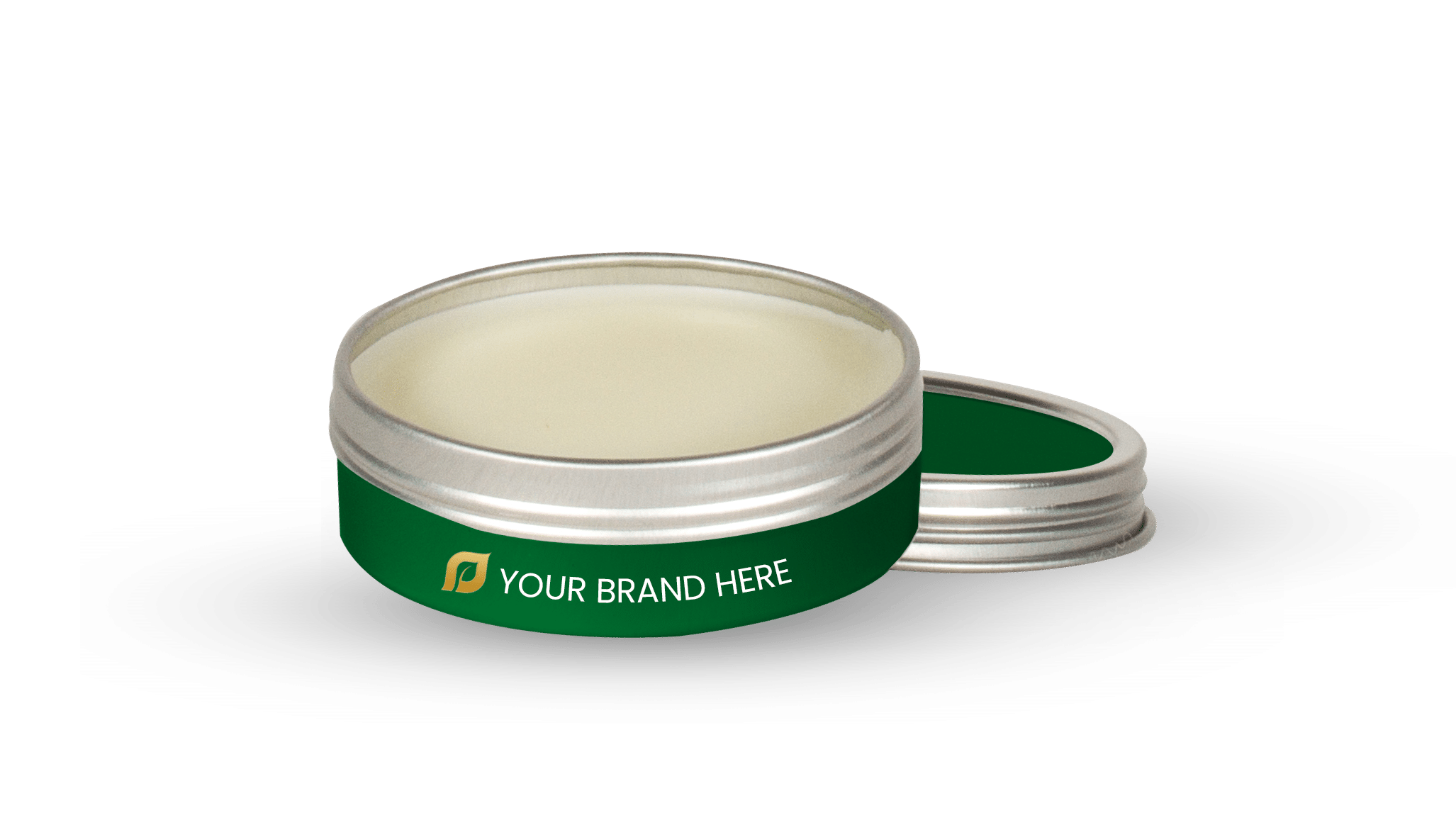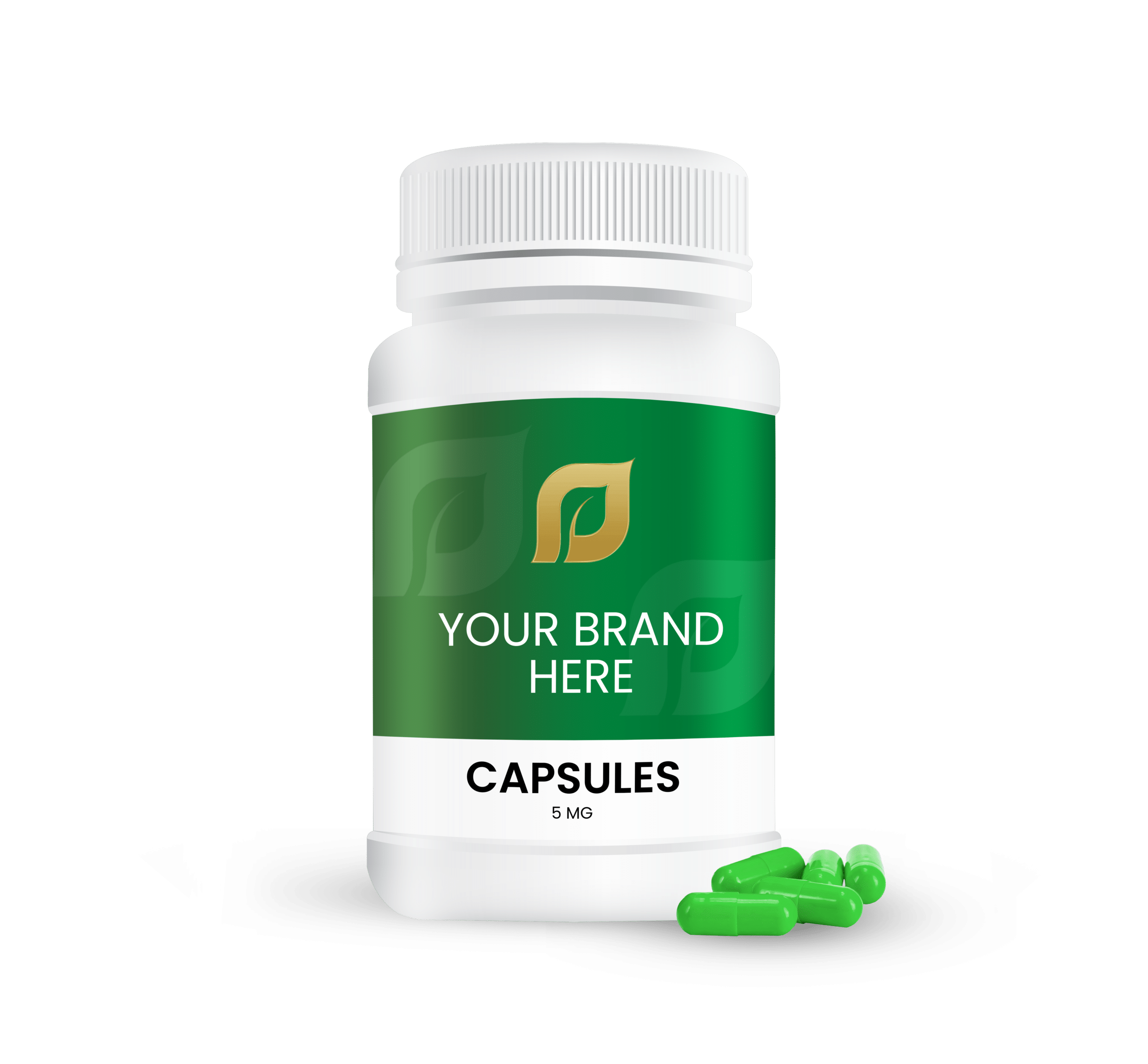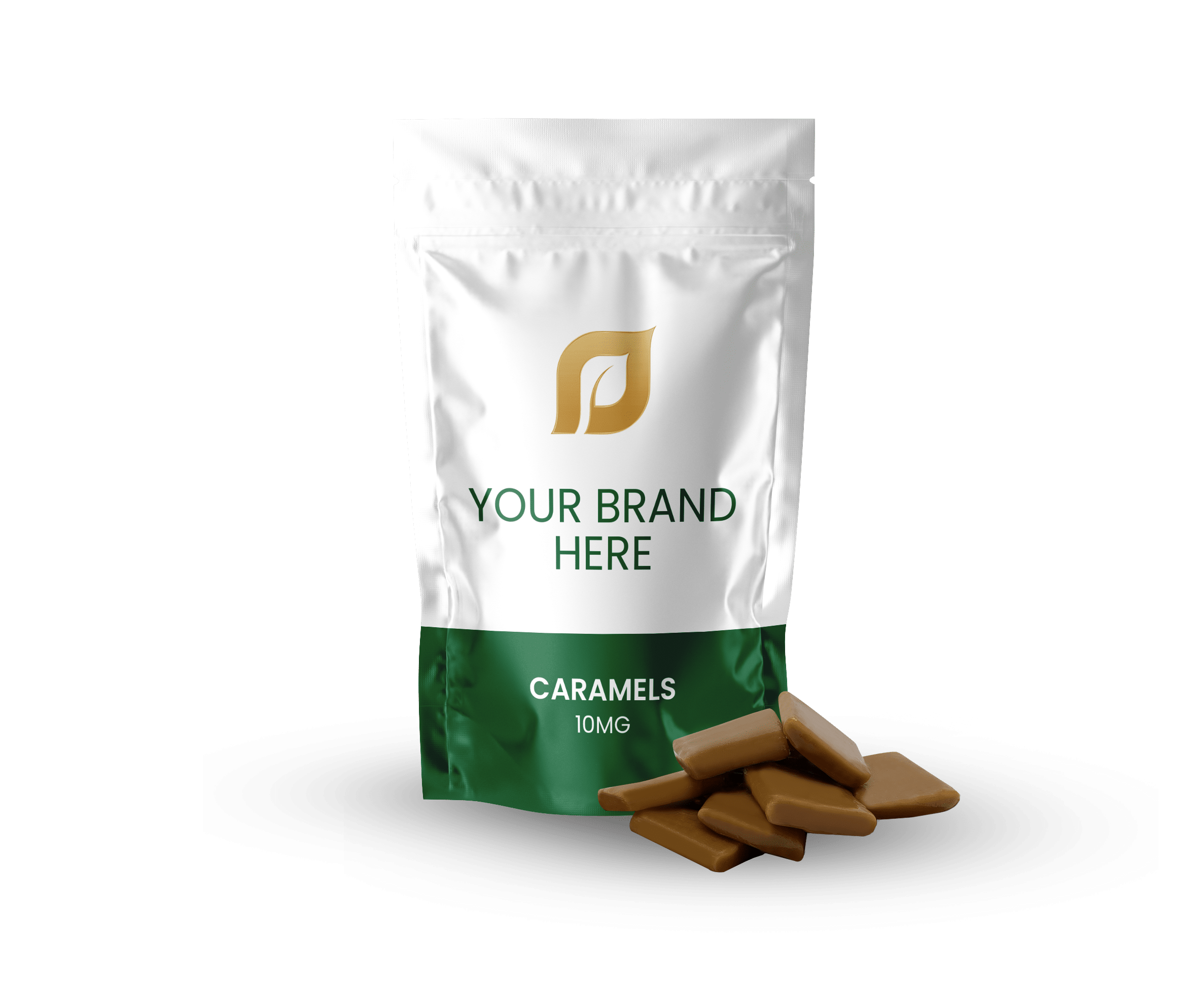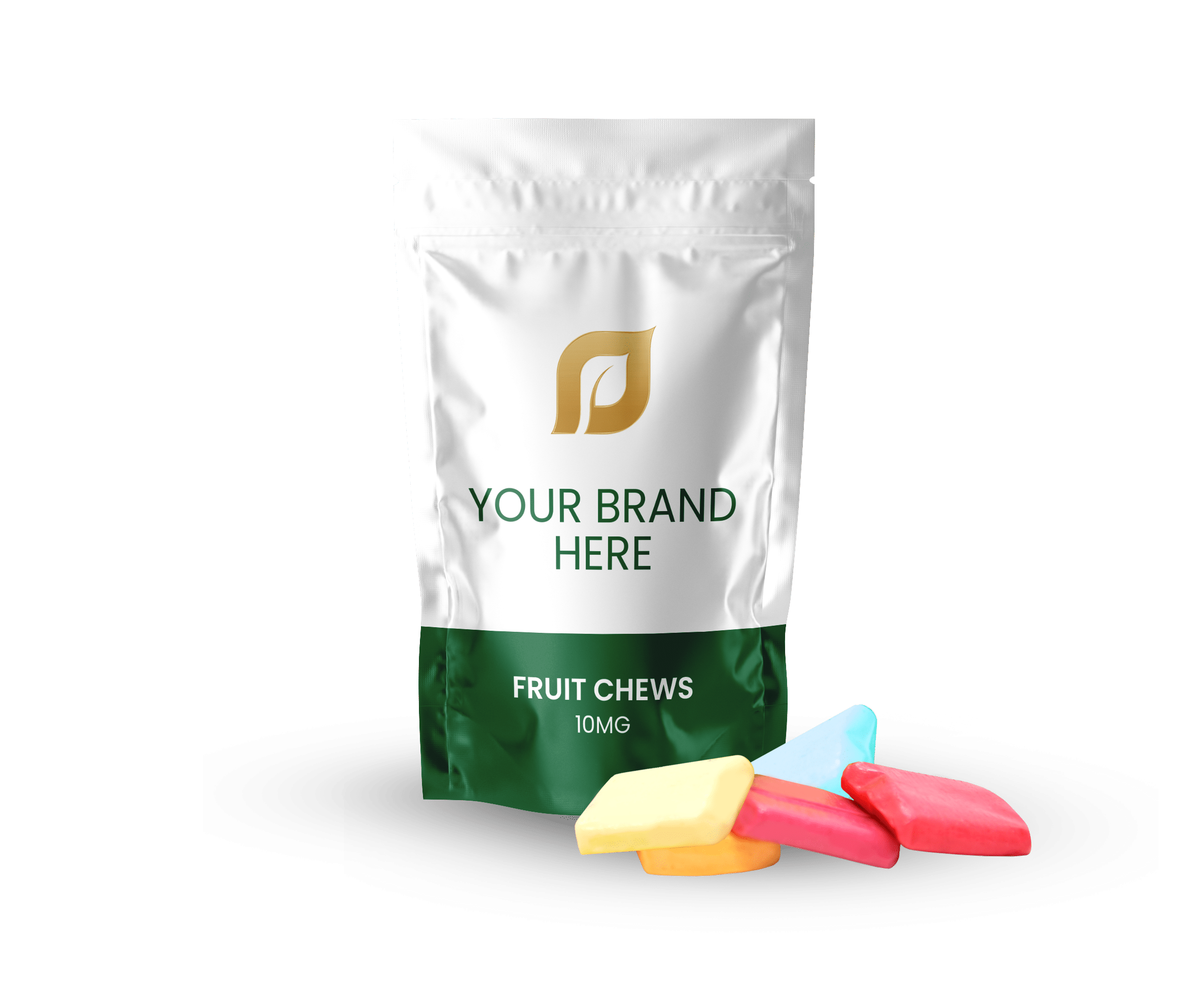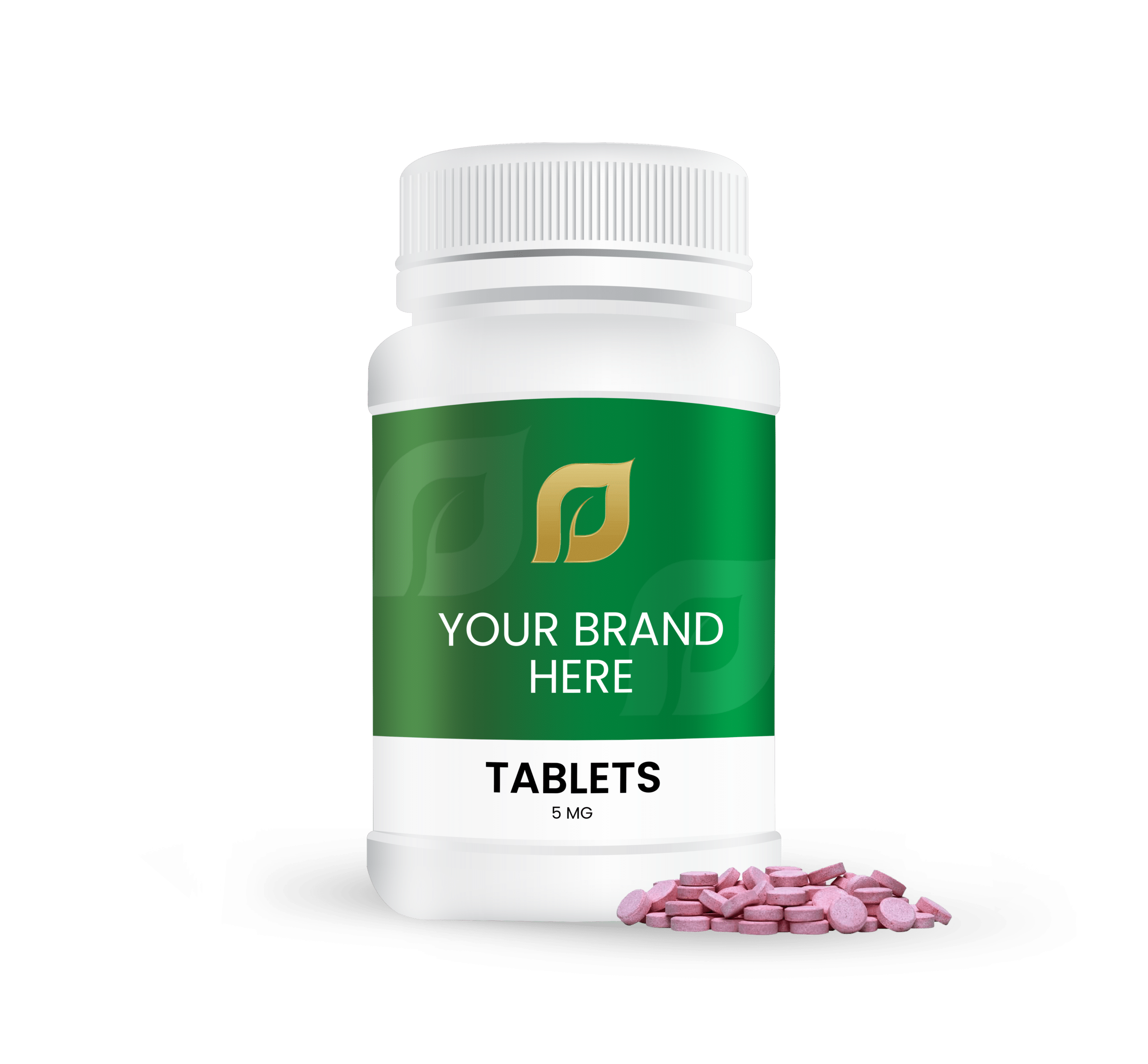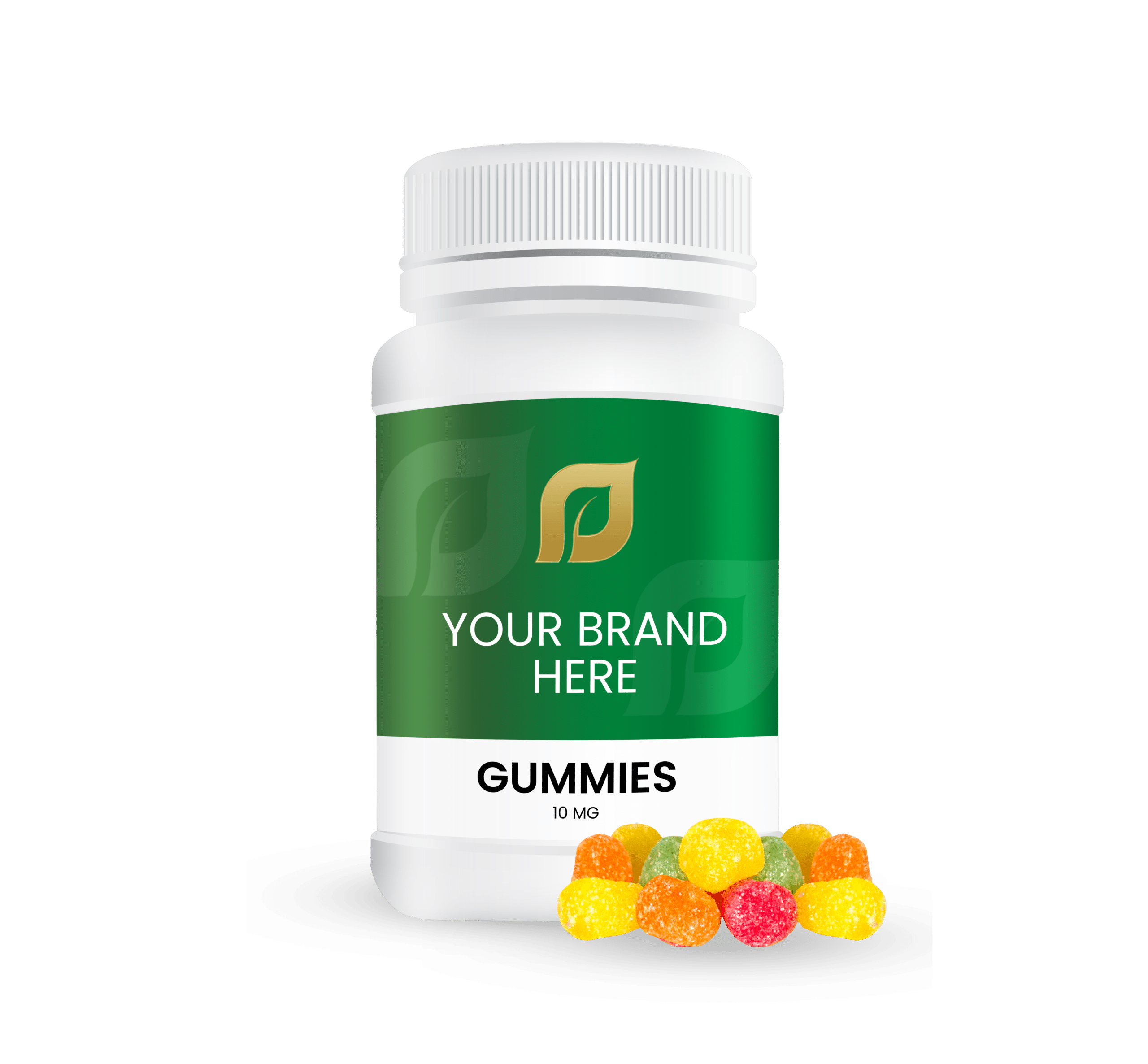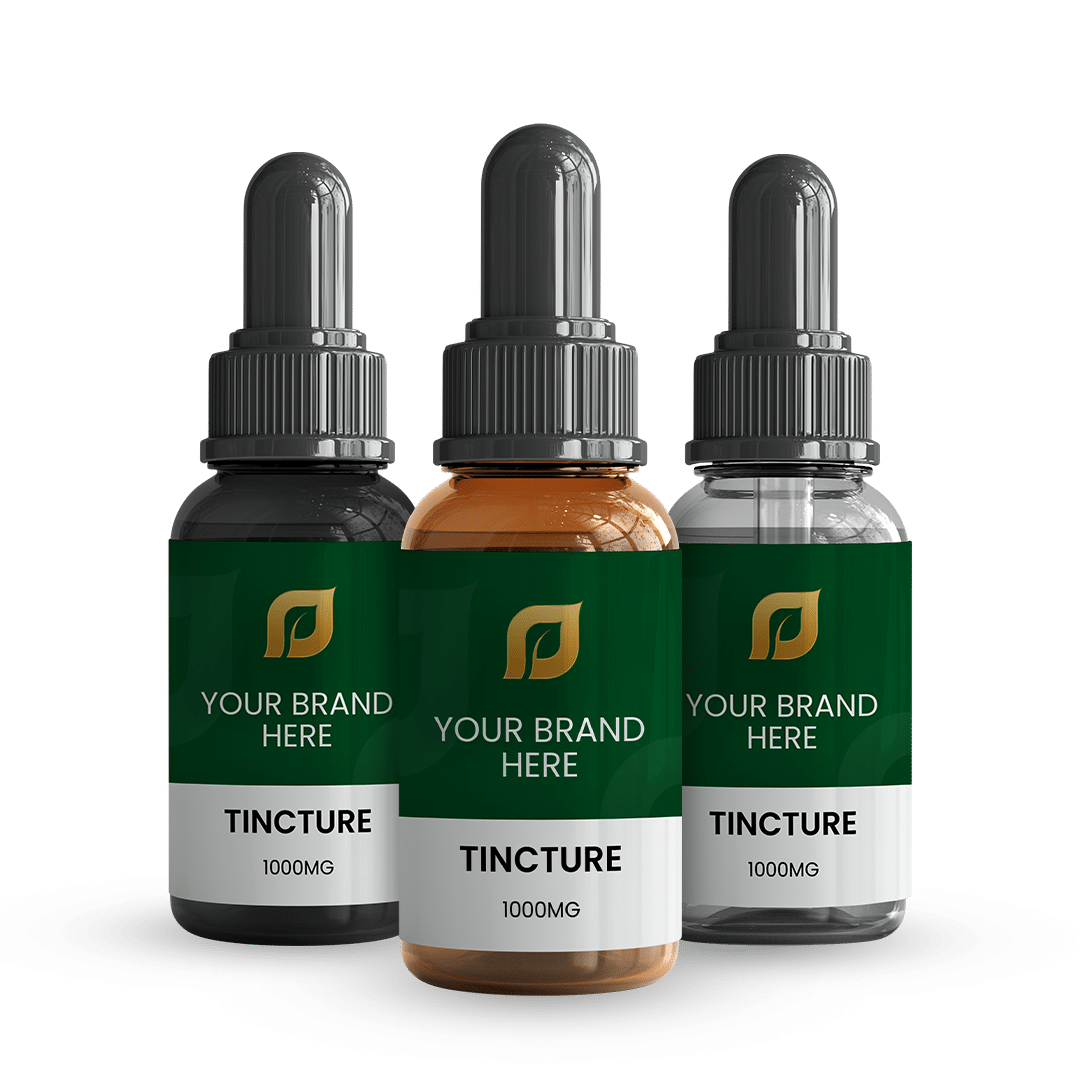Launch Your CBD Brand In 3 Easy Steps
Fast-track your entry into the booming CBD market with our streamlined 3-step private label CBD program. At CBD Nationwide, we’ve optimized our process to be as efficient and straightforward as possible, empowering you to launch your unique CBD brand with ease.
Gain exclusive access to our extensive selection of top-quality CBD, CBG, CBN, Delta-8 and Delta-9 THC products. Our expert team will collaborate with you to curate a product lineup that perfectly embodies your brand’s values and caters to your target audience.
Have a unique formula in mind? We’ll work hand-in-hand to bring your custom CBD formulation to life. With the personalized guidance of your dedicated CBD Nationwide sales specialist, you’ll create a collection that sets your brand apart in the competitive CBD landscape.
At CBD Nationwide, we understand that your brand’s visual identity is key to capturing your target market’s attention and fostering lasting customer loyalty. Our talented creative team will collaborate closely with you to develop stunning, custom packaging and branding that not only reflects your unique brand personality but also stands out on the shelves.
From conceptualization to final production, we’ll guide you through every step of the design process, ensuring that your packaging conveys the right message and leaves a lasting impression on your customers. Whether you have a clear vision in mind or need help refining your brand’s aesthetic, our experts are ready to bring your ideas to life and help your CBD products shine in a competitive market.
Once your product lineup and packaging are finalized, our experienced production team takes over. We adhere to strict cGMP-compliant processes to ensure the highest quality standards for your CBD products. Each batch undergoes rigorous testing in our advanced facilities and is further verified by trusted third-party labs to guarantee potency, purity, and safety.
With our efficient manufacturing process, you can expect a swift turnaround time. Your private-label CBD products will be carefully packaged and promptly shipped, ensuring you receive your inventory ready for immediate sale. We take pride in our ability to get your brand to market quickly, without compromising on quality.
Launching your CBD brand has never been easier or faster with CBD Nationwide. Our streamlined 3-step process eliminates the complexity and long wait times often associated with entering the CBD industry. By partnering with us, you can confidently step into the thriving wellness market and seize the opportunities presented by the CBD boom. Let CBD Nationwide be your trusted ally in navigating the exciting world of CBD!

